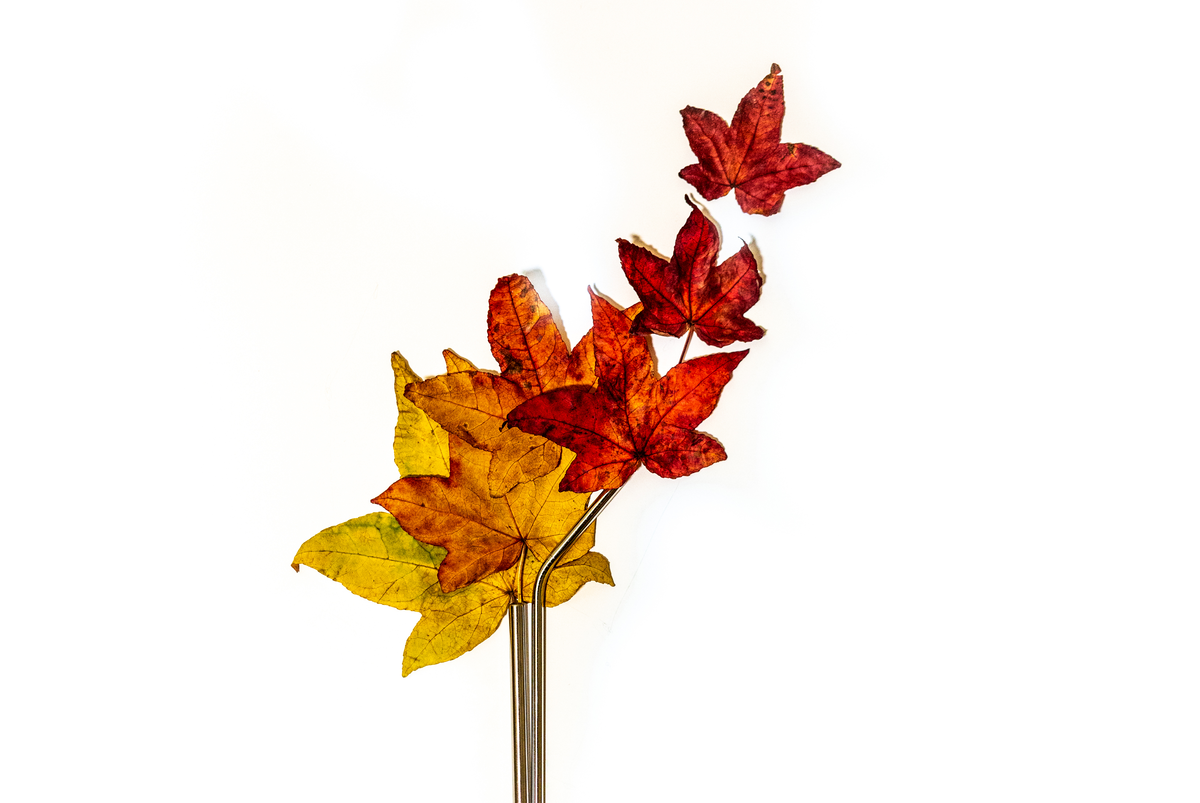Why Reusable Stainless Steel Straws are The Best

Reusable straws are a wonderful invention. Dentists recommend them to help prevent tooth decay and staining, they’re fun to drink from, and environmentalists urge you to use them to act against single-use plastic.
There’s no denying that stainless steel straws are the most popular ones around, but what makes them the best? Here we explore the pros and cons to all the plastic straw alternatives!
Why are people making the switch to reusable straws?
More and more people are deciding to make the switch from plastic straws to reusable straws which is always great news to hear! This is because people are becoming very aware of the dangers that plastic straws impose on the environment and want to do what they can to fight against plastic pollution.
Approximately 8 millions tonnes of plastic is thrown away every year, which then ends up in our oceans, harming marine life and being ingested by humans while eating seafood. It’s no wonder why so many people want to do their part! And using reusable straws is just one small lifestyle change that can make a big impact.
What are the other types of reusable straws on the market?

There are plenty of reusable straws on the market, to the point where plastic straws are very quickly becoming redundant. It’s simply a matter of finding the best type for you based on preference. Some plastic straw alternative includes:
- Bamboo straws
As these are 100% biodegradable, they are fantastic for the environment. Organically grown, bamboo straws are free from ink, dyes and BPA. They’re also very durable and don’t transfer heat, meaning they are extremely safe to use for any hot drinks. Plus, they have a natural, rustic look about them and each straw will vary in colour, shape and texture so they’ll always be unique.
- Glass straws
- Silicone straws
- Stainless steel straws
How does each option measure up for sustainability?
Bamboo Straws
At first glance, bamboo appears to be the best material for reusable straws. Durable, lightweight, recyclable, biodegradable and free of any nasty chemicals, there’s no denying that bamboo straws are incredibly sustainable. You may worry about the amount of bamboo being used to make these products, but, because bamboo is a grass rather than a tree, they grow back rapidly so they don’t contribute to deforestation.
The cons:
Bamboo straws are prone to rotting and growing mould pretty quickly if they’re not cared for and washed properly. They also aren’t able to bend, which means people with motor disabilities aren’t able to use them. And, as most bamboo products are made in Asia, the shipment process of sea transportation has a high impact on our carbon footprint.
Glass straws
The pros:
Glass straws are definitely the sleekest looking and would be great for sophisticated cocktail parties. As they are very smooth it feels comfortable and natural to drink out of them, almost like you are drinking from the glass itself. Glass is also recyclable and free of any toxic chemicals, making them a safe and sustainable option. Plus, it’s very easy to spot when they’re dirty, so no mould or buildup will occur.
The cons:
While many of them say they are shatterproof, at the end of the day they are still glass and so aren’t totally unbreakable. Dropping them from a high distance or putting them carelessly in your bag could result in a broken straw. Because of this, they aren’t very easy to travel with and aren’t recommended for children to use.
Silicone straws
The pros:
Silicone straws are soft and squishy and easy for both children and people with motor disabilities to use as they are comfortable and very flexible. Free from BPA and highly durable, these straws will last many years before needing replacing. They’re also dishwasher safe and heat-proof so the temperature of your drinks won’t be a problem.
The cons:
Silicone is not a biodegradable material and can be difficult to recycle, so while they last a long time, they may still end up in our oceans and damage the environment. They’re also not the most hygienic option as drinks, such as smoothies, can very easily get stuck inside and transfer to different drinks.
Stainless steel straws
The pros:
Free from BPA and any other toxic chemicals, stainless steel straws are highly recommended. Because of their strength and durability, stainless steel is the material of choice for many green products. Stainless steel is easy to recycle too. In fact, around 60-70% of stainless steel products already contain recycled metal, and 80% of all metal ever created is still around today!
The cons:
While they can be recycled, and often are, they aren’t biodegradable. It can take 200 years for them to biodegrade! When first using stainless steel straws you may experience a metal taste, but after a few washes, this shouldn't be a problem.
Which material is the most sustainable and best for reusable straws?

We believe that stainless steel is the most sustainable option because of how strong it is, so it can be used for a number of products and even eco-friendly buildings. This material can also be recycled an infinite amount of times, unlike glass, silicone or plastic, which means no stainless steel will ever go to waste. As stainless steel straws are also unbreakable, easy to clean and BPA free, if looked after properly they can last you a lifetime!
Want to keep your reusable straw in tip-top condition? Learn how to clean stainless steel straws in 5 easy steps.
Also, find out just how stainless steel can help reduce plastic pollution.


